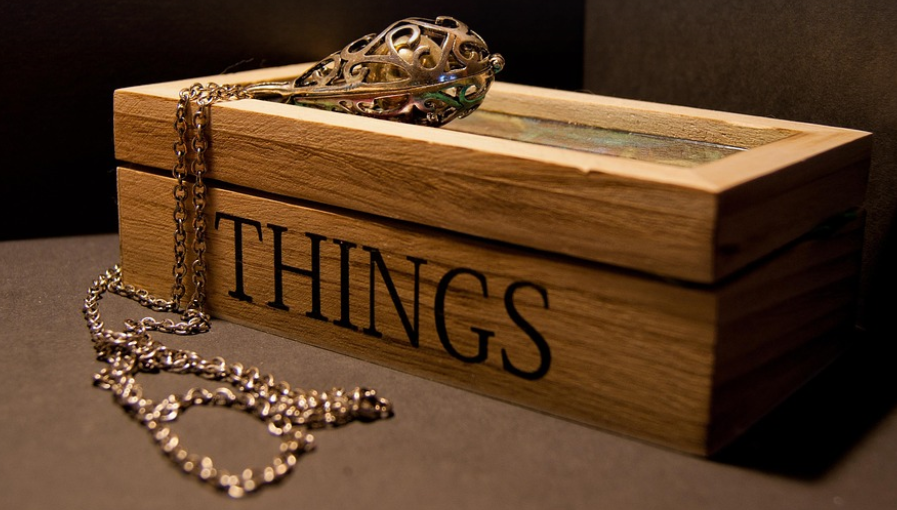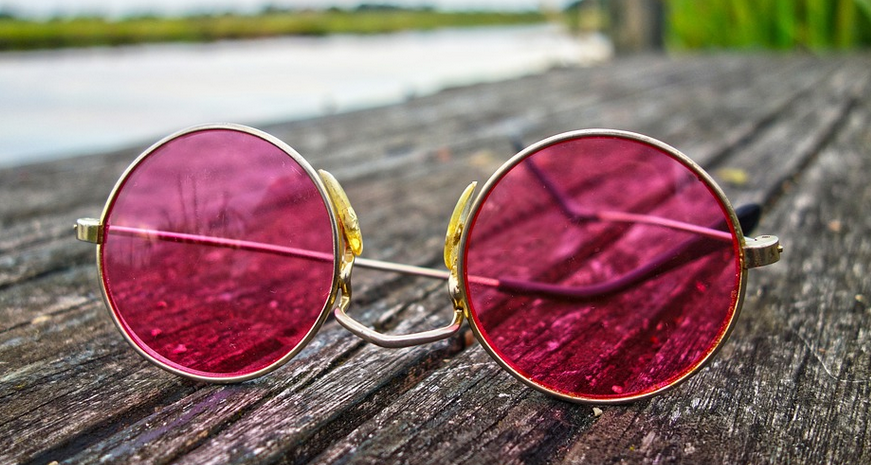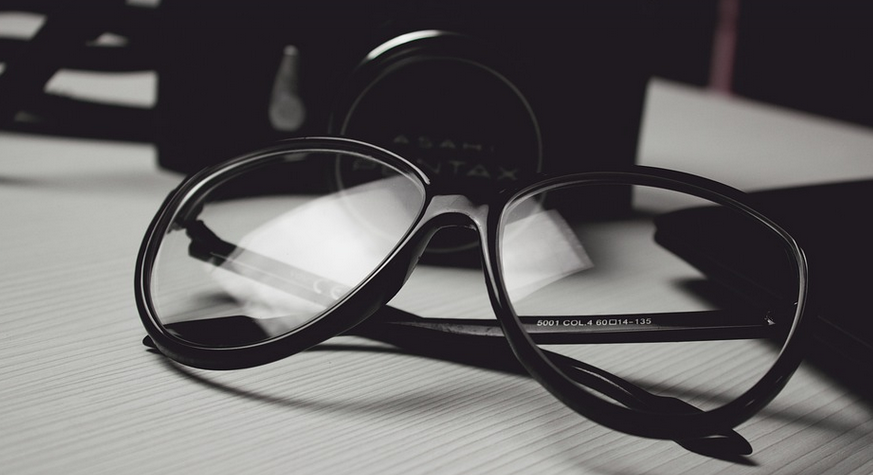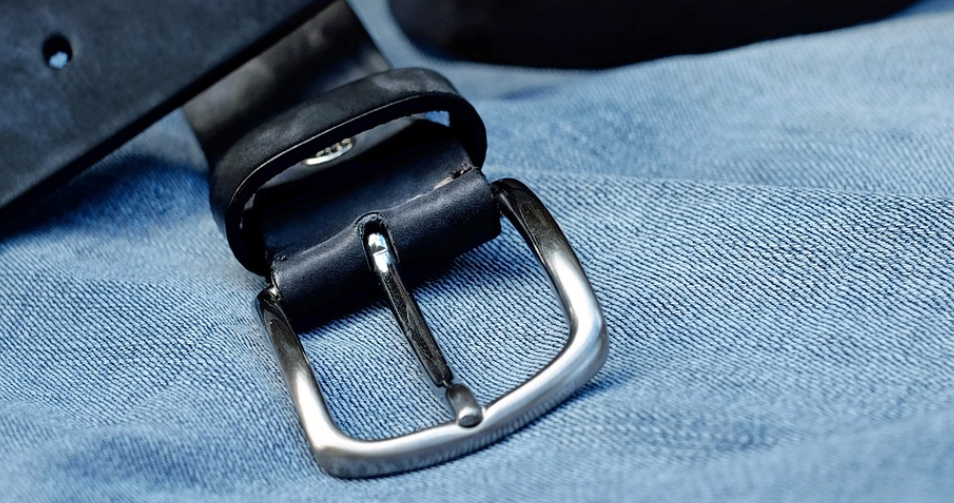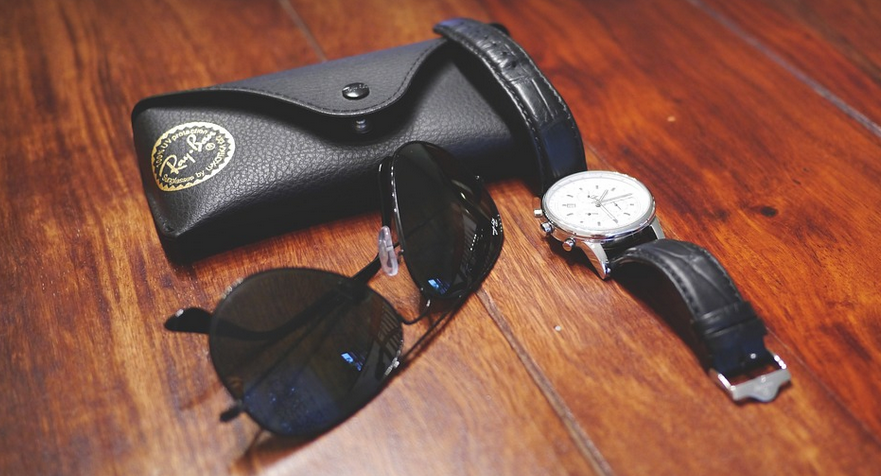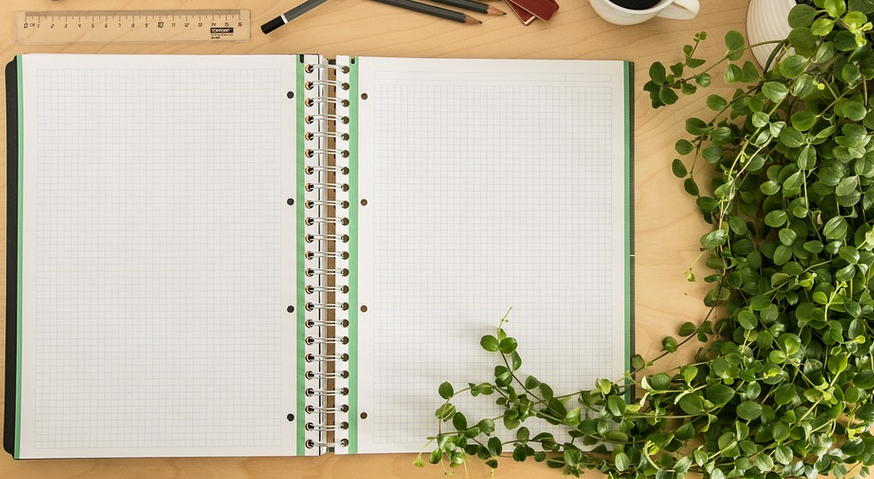
Understanding the Importance of Thread Weight
Embroidery is a truly creative art form, allowing you to bring your visions to life on fabric. But before you even start with those beautiful stitches, there’s one crucial ingredient that will dictate how successful and visually appealing your final product is: thread weight.
Think of it this way: thread weight impacts everything from the look and feel of your embroidery to its longevity, durability, and overall aesthetic.
Just like choosing the right color palette for an artwork or designing a pattern that complements your fabric, selecting the appropriate thread weight is paramount to achieving stunning results.
Thread weight isn’t merely a technical term; it represents the thickness of the fiber used in the yarn and directly influences how easily it can be handled and the impact it has on the finished product.
Each thread weight category corresponds to specific thicknesses, often measured in denier (d), which translates to the weight of each strand of thread per unit length.
Understanding the nuances of different weights will help you master a variety of embroidery techniques, achieve intricate designs, and ensure your finished piece has that polished look.
Let’s delve into the world of thread weights, exploring their characteristics, benefits, and how to choose the right one for your next embroidery project.
The Anatomy of Thread Weight
Thread weight is an essential aspect of any craft, especially in embroidery. It determines not only the look and feel of the finished piece but also its longevity. Let’s explore how to navigate this world!
There are several key thread weights you need to know about:
**Fine Thread:**
This is your go-to choice for delicate projects, intricate designs, and a high level of visual detail. It offers precision and finesse.
**Medium Thread:**
This weight is a versatile option, working well with most embroidery styles, from simple motifs to detailed illustrations.
**Heavyweight Thread:**
Ideal for bold, impactful designs, this thread allows for faster stitching speeds with the added advantage of being more durable.
**Thread Weights in Action: A Deeper Dive
Choosing the right thread weight is like choosing a perfect brush for your artwork. Each thread weight offers distinct advantages and challenges:
**Fine Thread:** This type of thread is incredibly fine, offering intricate detail and delicacy. It’s best suited for projects requiring precise stitching and creating delicate designs. Imagine the elegance of embroidering a floral pattern with fine threads – they’ll make your creation look truly luxurious.
**Medium Thread:** This thread strikes a balance between precision and stability. It works well for simple embroidery, including letter patterns or basic geometric designs. You can create bold outlines or intricate motifs with this weight.
**Heavyweight Thread:** For those seeking a sturdy result, this is the ideal choice. This is your go-to for projects that need lasting impact. Imagine creating a rugged fabric panel with bold lettering and detailed patterns using this type of thread – it’ll make a statement!
**How to Choose the Right Thread Weight: A Practical Guide**
The key to mastering embroidery lies in selecting the right weight for your project.
1. Consider the design complexity:
For intricate and detailed designs, choose fine or medium thread. These weights allow you to work with finer details, resulting in a refined aesthetic.
2. Think about the impact you want to make:
If you desire bold statements and impactful designs, opt for heavyweight thread. It allows a quicker stitching process while delivering a strong visual effect.
3. Understand your skill level:
Beginner embroiderers might find medium or fine threads easier to work with due to their ease of handling. As you progress in your craft, you can explore heavier threads for more challenging projects.
4. Don’t forget about the fabric type:
Choose the appropriate thread weight based on the fabric’s density and thickness. Thicker fabrics are best suited for heavyweight threads, while thinner ones require finer weights.
**Embroidery Thread Weight Chart: A Visual Guide to Navigating Choices**
To simplify your search, let’s look at a basic thread weight chart that provides a visual representation of different types.

Now that you have a visual understanding of the different thread weights, you can start to select them based on your needs.
**Embroidery Thread: A World of Possibilities**
Choosing the right thread weight will not only elevate your embroidery but also enhance the overall aesthetics of your finished work.
With a deeper understanding of this intricate world, you’re equipped to choose the best threads for any project – from delicate floral patterns to bold and textured designs.
**Embracing the Art of Embroidery: A Journey of Creativity**
Embroidery is an art form that allows you to express your creativity through the medium of thread. When choosing the right thread weight, remember that it’s not just about practicality – it’s about embracing the beauty and limitless possibilities within this expressive craft.
Embroiderers can choose from a vast range of thread weights, each offering unique characteristics and aesthetics. The key is to experiment and discover what works best for your style and project.
Remember, even the most intricate designs need to be supported by the right weight of thread for lasting beauty.
